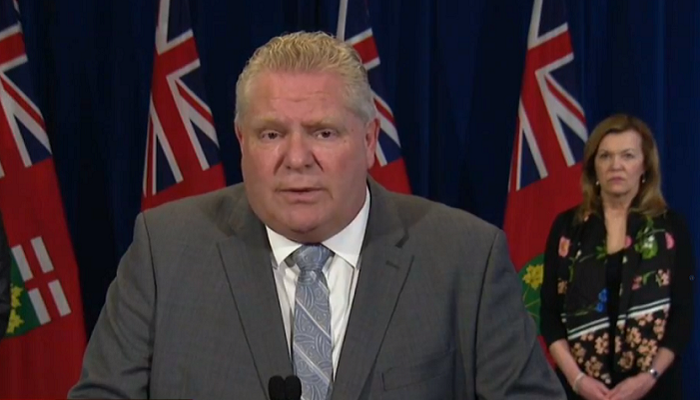
LATEST STORIES:


Ontario will now proactively test people in several “priority groups” who are showing symptoms of COVID-19 to help stop the spread of the virus.
The province says in addition to the ongoing testing of the general public at assessment centres, Ontario will now be testing hospital inpatients; residents of long-term care and retirement homes; health care workers, caregivers, care providers, paramedics, and first responders, including police and firefighters; remote, isolated, rural and indigenous communities; other congregate living centres, including homeless shelters, prisons and group homes; specific vulnerable populations, including patients undergoing chemotherapy or hemodialysis and requiring transplants, as well as pregnant persons, newborns and cross-border workers; and other essential workers, as defined by provincial orders.
“We’re laser-focused on ramping up our testing capacity so we can protect the most vulnerable in our communities and those who protect them, like our frontline health care workers and first responders,” said Premier Doug Ford in a news release. “By expanding our testing capacity, we will be able to find cases faster, intervene earlier, reduce the spread, and save lives.”
The province believes the new strategy will double the number of tests being processed each day. It is also an effort to eliminate a backlog of roughly 10,000 people in less than two weeks.
Deputy Premier and Minister of Health Christine Elliott says the new measures will help identify cases earlier, contain them and prevent putting more people at risk.
The province is also updating the list of symptoms related to COVID-19, including a hoarse voice, difficulty swallowing, loss of sense of smell or taste, diarrhea or nausea/vomiting. For seniors, there are additional symptoms including chills, delirium with no other obvious reason, falls, acute functional decline, increased heart rate and decreased blood pressure. These updated symptoms are in addition to difficulty breathing, fever, cough, muscle aches, fatigue, headache, sore throat, and runny nose.
Watch the full news conference below.